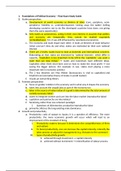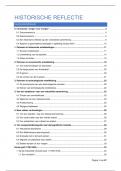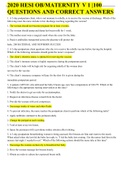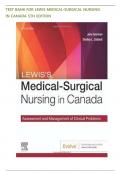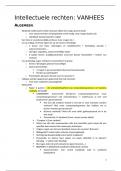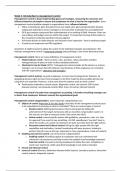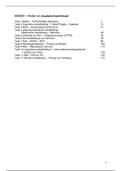Study guide
Political Economy ALL Key Concepts and Terms
- Instelling
- Universiteit Leiden (UL)
A complete list of all the key concepts and terms from Political Economy during the second semester of International Studies. This was made from the list professor London gave us, and has the definition of all the terms from his list.
[Meer zien]
